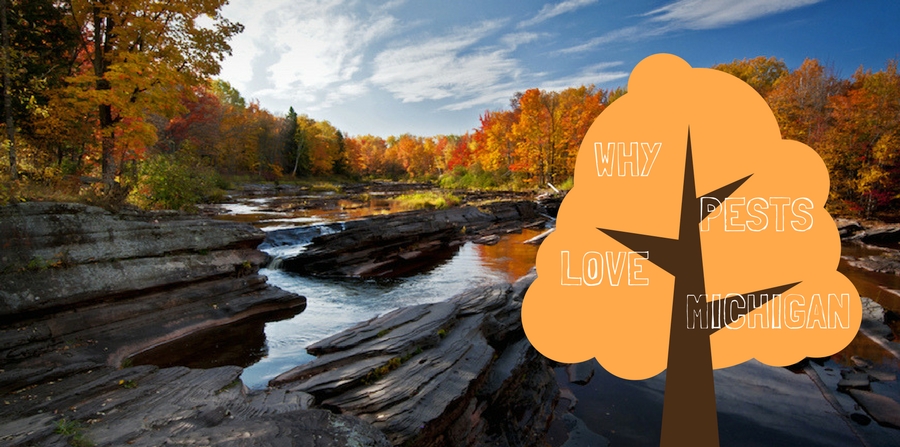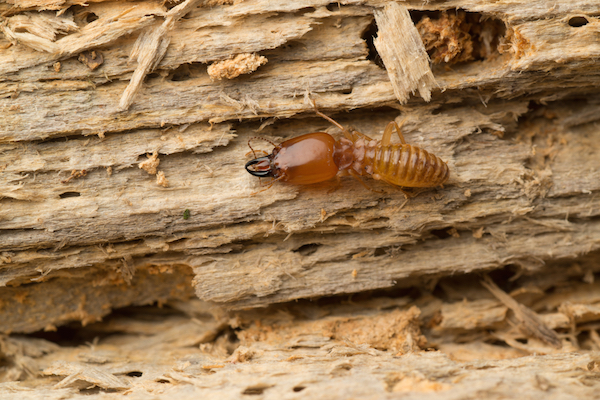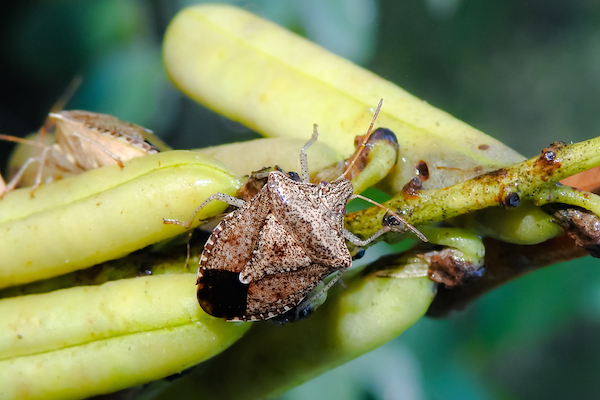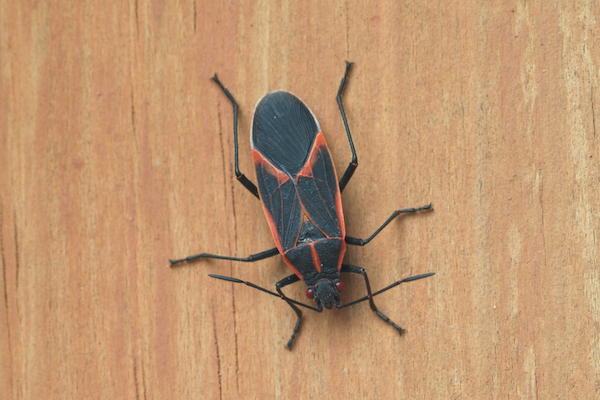You could call this time of year in Michigan “the dead of winter.” It certainly often feels that way, especially on one of its many dark, dreary days. Despite how it may look and feel outside, however, not everything really is dead. As you probably know, pests are nothing if not tenacious.
No matter how cold or dead the winter, pests will muddle on long enough to bother you. It would almost be inspirational, if it weren’t so annoying. Here are four pests that are probably trying to warm themselves up inside your home right now.
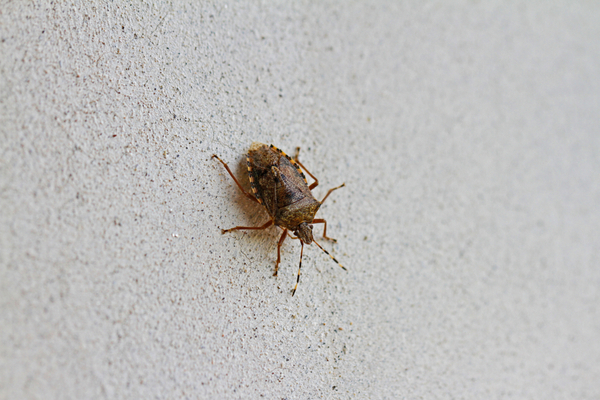
Stink Bugs
Stink bugs are infuriatingly common in Michigan. Part of the reason why they’ve managed to stick around is that they’re good at staying warm during winter. They do that by sneaking into people’s homes for shelter starting in early fall. Stink bugs congregate around windows and other warm places all fall. While they’re gathered, they find cracks and gaps around frames and siding. They use these gaps to work their way inside.
Inside, stink bugs enter a hibernation-like state called diapause for extended periods of time. While in diapause, the bugs remain completely immobile and don’t need food or water. In order to remain safe while in diapause, the bugs seek out hiding places. The stink bugs in your home may be in your walls, around your rafters, or in other secluded areas. They won’t hurt your home while they’re around, but they may produce their distinctive stink.
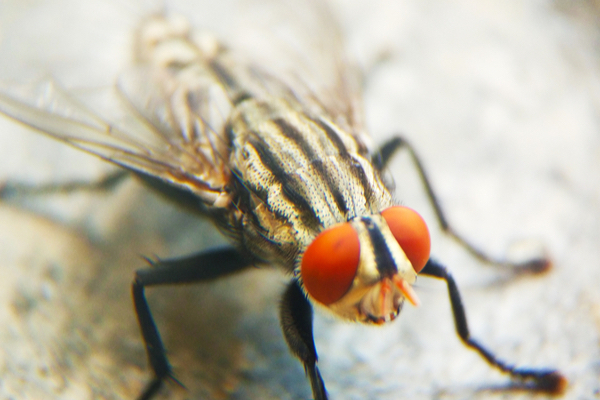
Cluster Flies
Cluster flies look a lot like common house flies, but they’re bigger, rounder, and slower. They may make a buzzing noise when they fly around. The name “cluster flies” refers to the flies’ tendency to cluster together in large numbers. Starting in late summer and early fall, they gather in groups to stay warm. As the temperature drops, they make their way into cracks and gaps around siding and awnings. Eventually, these cracks may lead them all the way inside.
Like stink bugs, cluster flies may enter prolonged periods of diapause after entering your home. These flies usually enter your home from high up, so they’re common in attics and rafters. You may find them around window or door frames, or near vents and utility lines. Cluster flies wake up during warm days to move around. They can’t hurt you or damage your property, though they may attract other pests like spiders. Cluster flies usually leave your home in spring.
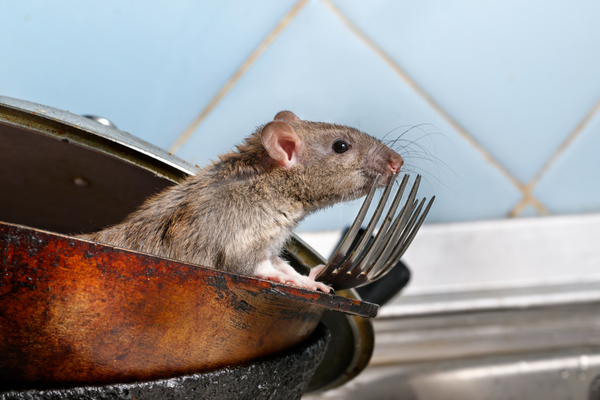
Rodents
Rats and mice cannot hibernate. To survive winter, they need to find a warm place where they can access food and water. Rodents are very sensitive to temperature and pressure changes in the atmosphere. They begin infiltrating homes as soon as they sense fall approaching. Rats and mice squeeze through small gaps around window and door frames, utility lines, foundation, and siding. They find these gaps by using their acute senses to find drafts and follow the smell of food.
Rodents can’t fly like stink bugs or flies, so they usually end up in your basement. They’re attracted to any source of moisture or food. Rats and mice grind their teeth by chewing on a wide variety of soft materials. They can ruin boxes and fabric, damage furniture, or even cut electrical wires and start fires. Both rats and mice may reproduce indoors if given the chance. If you have a rodent infestation, you should deal with it fast!
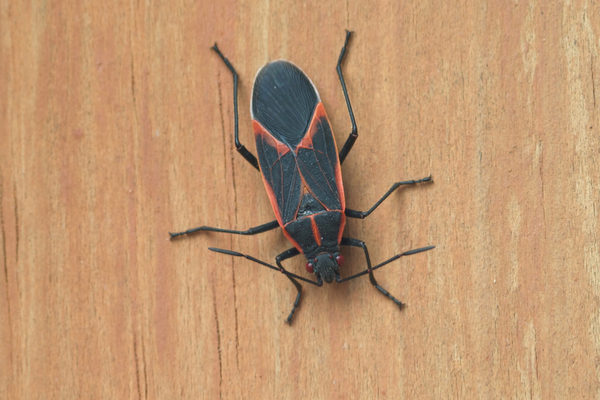
Boxelder Bugs
Boxelder bug behavior is quite similar to stink bugs’. Starting in fall, they begin to gather around warm places. They’re particularly attracted to homes with southern and eastern exposure, for the sunlight. As they congregate, they may naturally slip into gaps and cracks around windows and doors. When winter comes, they will move further through the cracks to stay warm, eventually ending up inside. Boxelder bugs have very flat bodies that enable them to squeeze through tiny areas.
Boxelder bugs remain generally inactive during winter. They don’t reproduce inside and they won’t live long enough to survive winter. Boxelder bugs may emerge from their hiding places to sun themselves during warm days. When that happens, you may find them near windows or other warm areas. Boxelder bugs aren’t dangerous, but they may secrete a liquid that could stain surfaces when threatened or crushed. You may encounter more boxelders in early spring, as they begin to leave your home.
The reason why pests want to get inside your home over winter is so they can stay warm. The colder (and longer) the winter, the more desperate these four pests become. Believe it or not, however, you can turn that to your advantage.
Pests don’t have time to waste trying to break into a fortress this winter. If you can pestproof your place, you can keep pests away all season long. We want to help. If you have a pest problem this winter, give Griffin a call any time. We’re always happy to drive pests out of your home, no matter the time of year!

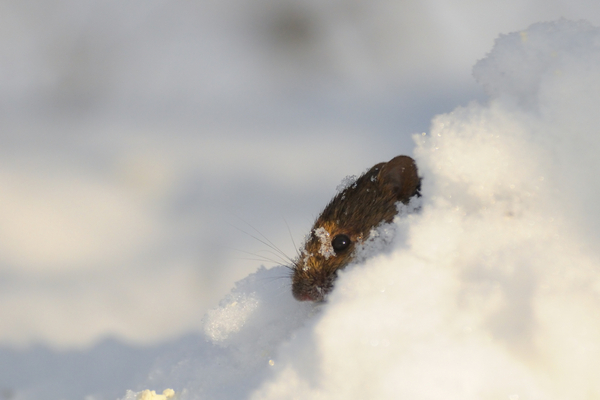
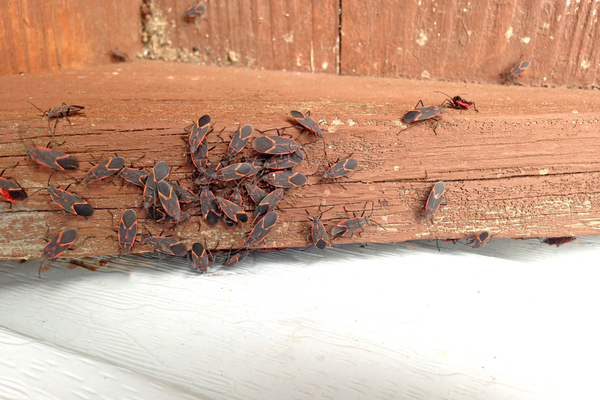
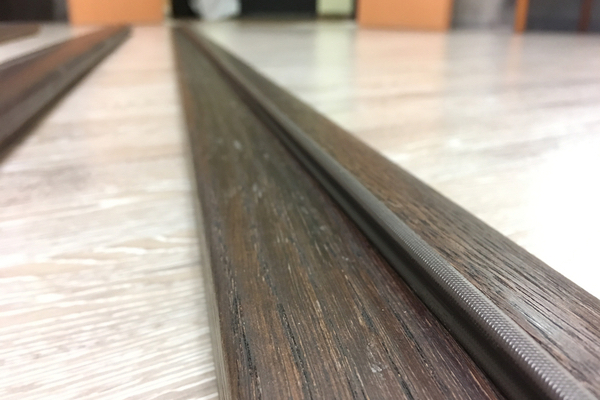
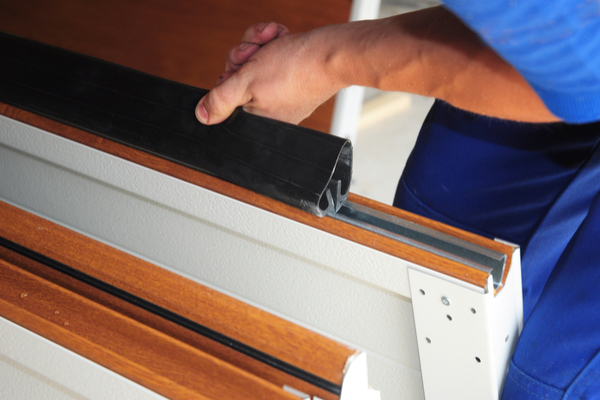
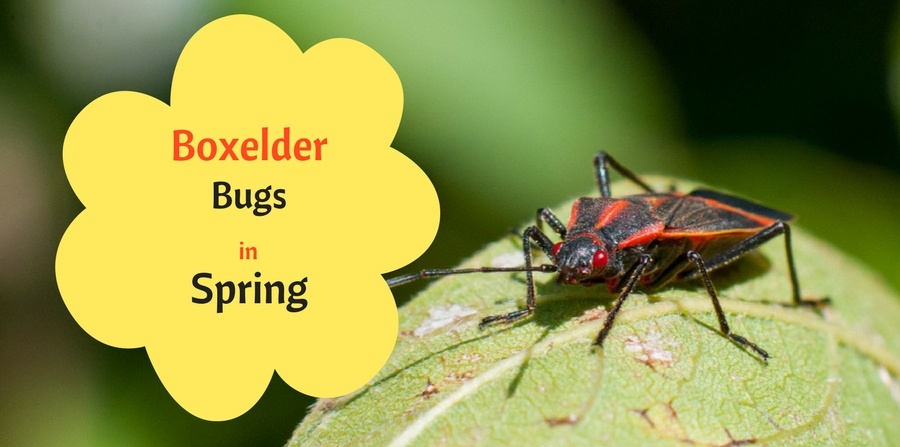
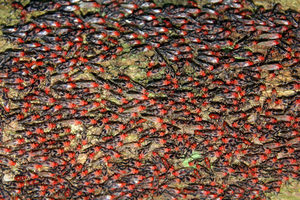 Even if you don’t know
Even if you don’t know  Like stink bugs, boxelder bugs never
Like stink bugs, boxelder bugs never 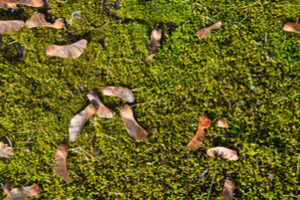 When boxelder bugs re-emerge from the overwintering sites, their top priority is food. Remaining inactive for long periods is very taxing to boxelder bugs, so they need to recharge quickly. During this period, adult boxelders are usually encountered on the ground, where they eat low vegetation and fallen seeds. Boxelders seek out female
When boxelder bugs re-emerge from the overwintering sites, their top priority is food. Remaining inactive for long periods is very taxing to boxelder bugs, so they need to recharge quickly. During this period, adult boxelders are usually encountered on the ground, where they eat low vegetation and fallen seeds. Boxelders seek out female  The most important thing to remember about boxelders control is that when they die, their bodies attract other pests. Don’t kill the boxelders you encounter in your home, especially if they’re in your walls. Instead, vacuum or sweep up the boxelders you encounter and dispose of them outdoors. You could also use soapy water to kill the boxelders, as long as you remove the bodies after they die. Scrub down any areas where boxelders congregated with soapy water, too.
The most important thing to remember about boxelders control is that when they die, their bodies attract other pests. Don’t kill the boxelders you encounter in your home, especially if they’re in your walls. Instead, vacuum or sweep up the boxelders you encounter and dispose of them outdoors. You could also use soapy water to kill the boxelders, as long as you remove the bodies after they die. Scrub down any areas where boxelders congregated with soapy water, too.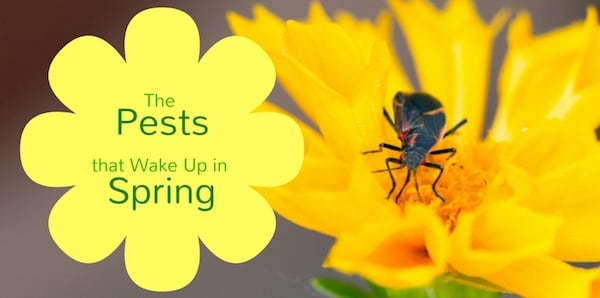
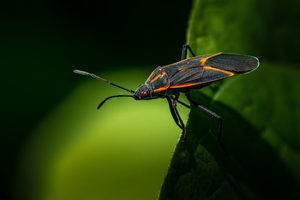 Starting in early fall, boxelder bugs go looking for dry, warm places where they can wait out the winter. Unfortunately, those dry, warm places often include our homes. When spring comes around,
Starting in early fall, boxelder bugs go looking for dry, warm places where they can wait out the winter. Unfortunately, those dry, warm places often include our homes. When spring comes around, 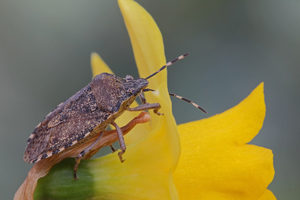 Stink bugs follow a similar seasonal routine to boxelder bugs, and they’re around for the same reasons. During fall, they desperately seek out any warm place where they can
Stink bugs follow a similar seasonal routine to boxelder bugs, and they’re around for the same reasons. During fall, they desperately seek out any warm place where they can 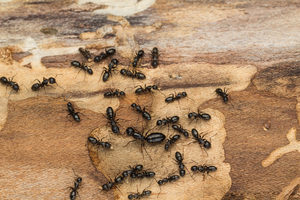 During spring, the infamous wood-infesters
During spring, the infamous wood-infesters 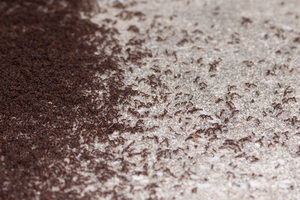 Unfortunately, carpenter ants aren’t the only ants reproducing and foraging in the spring and summer. In late spring, the brief but very active
Unfortunately, carpenter ants aren’t the only ants reproducing and foraging in the spring and summer. In late spring, the brief but very active 